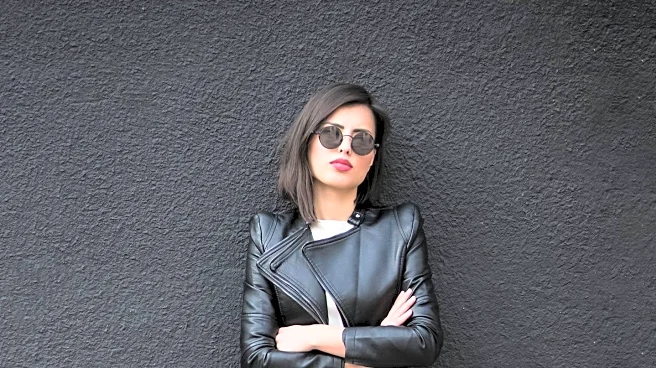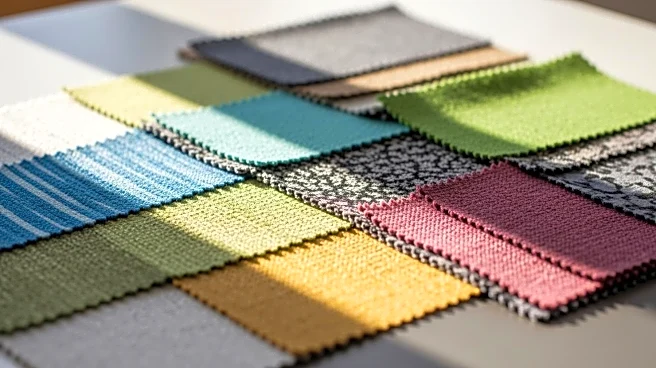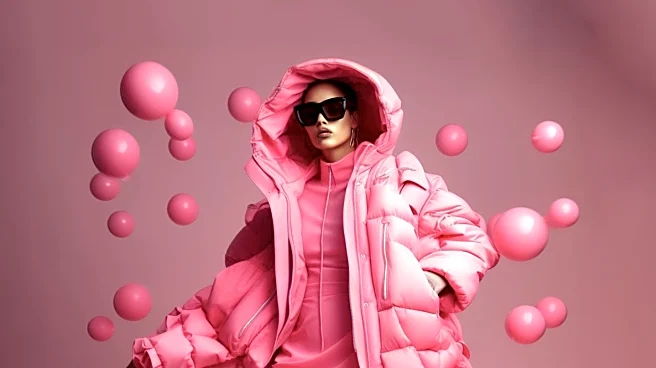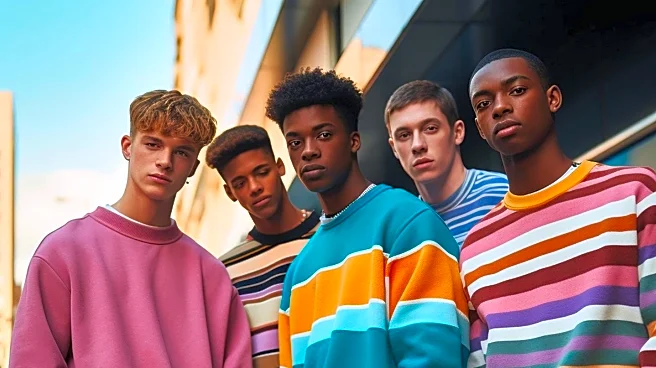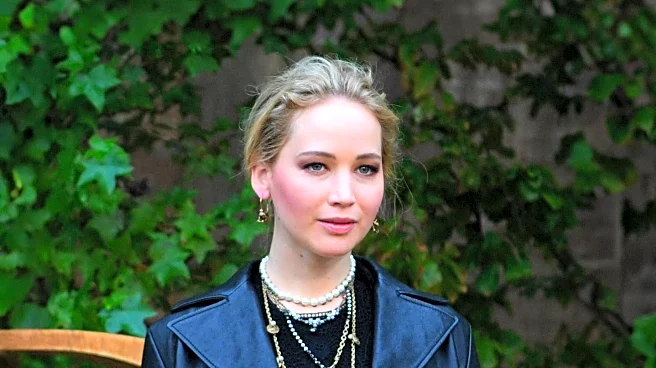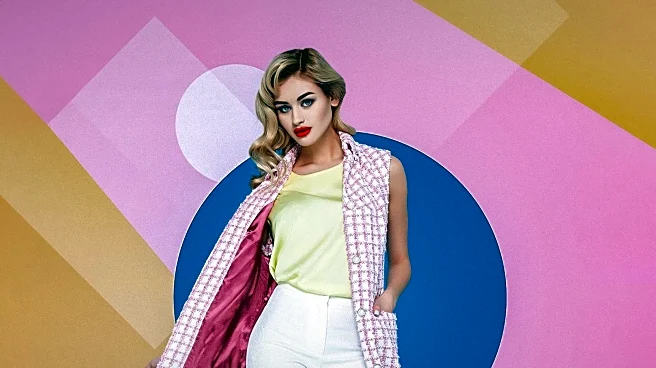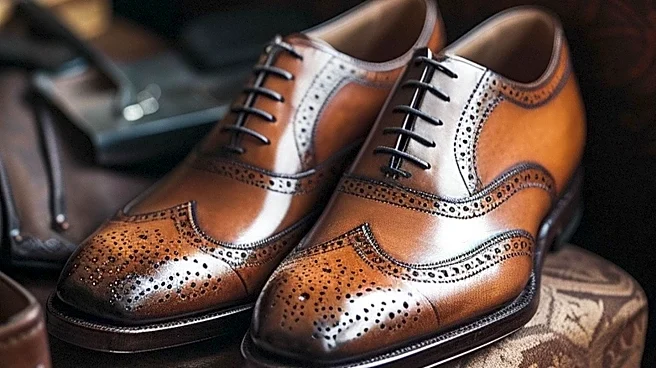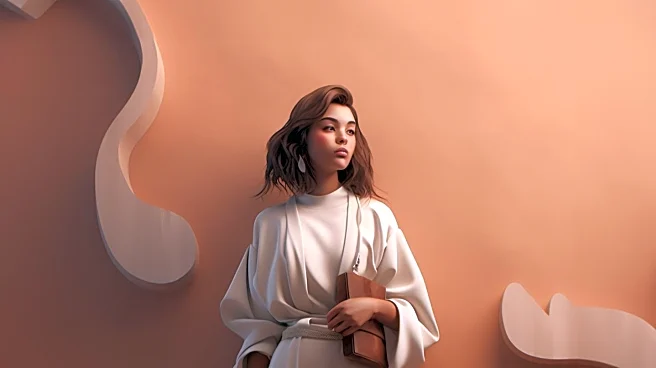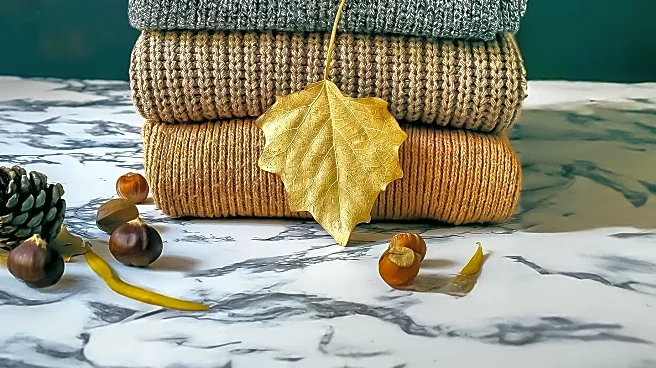What's Happening?
The spring 2026 season has seen a significant shift towards maximalism in street style, as highlighted by recent fashion trends. Designers and showgoers are embracing bold colors, particularly red, and experimenting with silhouettes that include bustles and capes. The influence of runway shows is evident, with elements like handkerchief head scarves transitioning from high fashion to everyday wear. Comfort remains a priority, with sweatshirts being paired with dressier outfits, showcasing a blend of casual and extravagant styles. This trend reflects a broader movement towards more expressive and eclectic fashion choices, as seen in the collections of designers like Colmar and Virgil Normal.
Why It's Important?
The move towards maximalism in fashion represents a cultural shift away from minimalism, emphasizing individuality and personal expression. This trend could impact the fashion industry by encouraging designers to create more diverse and vibrant collections, potentially leading to increased consumer interest and sales. It also reflects broader societal changes, where people are seeking to express their identities through fashion. The emphasis on comfort alongside bold aesthetics suggests a balance between practicality and style, which could influence future fashion designs and consumer preferences.
What's Next?
As maximalism continues to gain popularity, it is likely that more designers will incorporate bold and eclectic elements into their collections. Fashion weeks and industry events may increasingly showcase maximalist styles, influencing retail trends and consumer behavior. The integration of comfort with extravagant designs could lead to new fashion innovations, appealing to a wider audience. Additionally, the trend may inspire collaborations between designers and artists, further enriching the fashion landscape.
Beyond the Headlines
The rise of maximalism in fashion may have deeper implications for cultural and social dynamics. It challenges traditional norms of fashion, promoting diversity and inclusivity by allowing individuals to express their unique identities. This trend could also influence other creative industries, such as interior design and art, fostering a broader acceptance of eclectic and vibrant aesthetics. As maximalism becomes more mainstream, it may encourage a reevaluation of beauty standards and consumer values, promoting a more open and accepting society.
